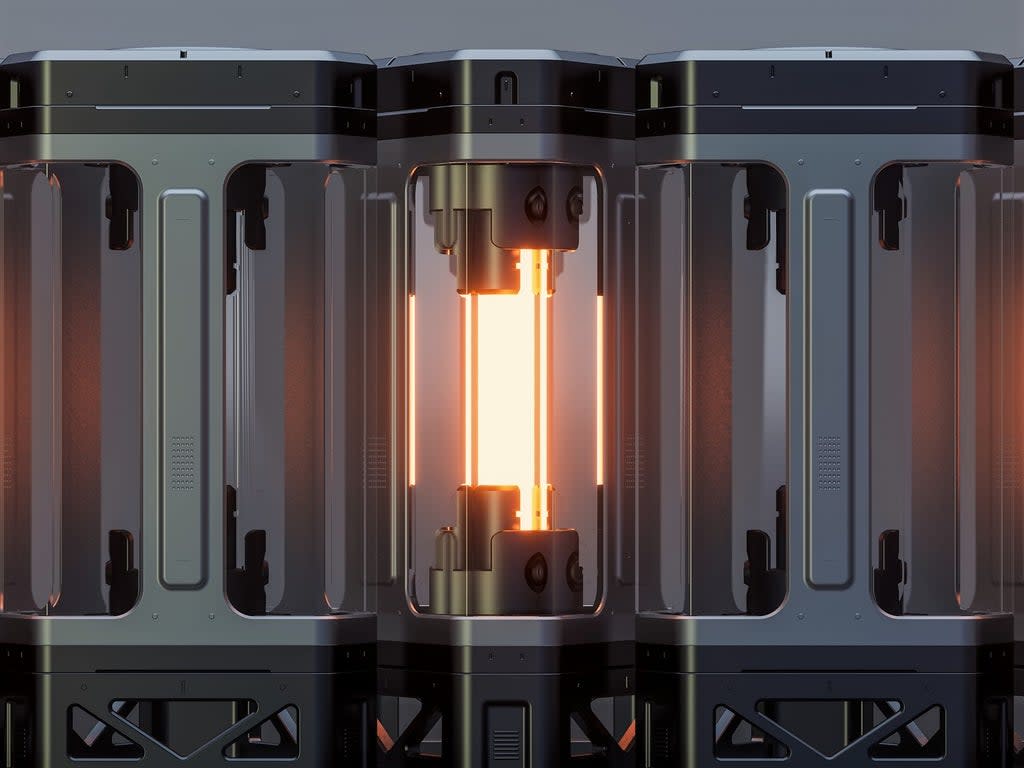Quantum battery breakthrough paves way for revolution in energy storage

Researchers have made significant progress towards making quantum batteries a reality after demonstrating a new proof-of-concept device.
The next-generation battery technology has the potential to revolutionise energy storage by making use of a phenomenon known as superabsorption.
This process involves a quantum mechanical principle relating to a molecule’s ability to absorb light, requiring less charging time the more they become entwined.
This means that it is theoretically possible for the charging power of a quantum battery to increase faster than the size of the battery. Superabsorption therefore means the bigger the battery, the faster it charges.
Until now, however, it has not been possible to demonstrate the effect on a large enough scale to make a quantum battery.
In a new study, published in the journal Science Advances, researchers at the University of Adelaide in Australia were finally able to prove the concept of superabsorption by building several wafer-like microcavities, filling them with organic molecules, and charging them with a laser.
“As the microcavity size increased and the number of molecules increased, the charging time decreased,” said Dr James Quach, a scientist at the Institute for Photonics and Advanced Sensing at the University of Adelaide.
“This is a significant breakthrough, and marks a major milestone in the development of the quantum battery.”
The next step is to now develop a fully functioning quantum battery prototype, with the hope of ushering in a new era of ultra-efficient batteries for use in electric vehicles and electronic devices.
The way quantum batteries operate means they could potentially harvest and store light energy simultaneously, providing significant cost reductions compared to conventional solar technologies.
“The concepts that Dr Quach and his team have worked on opens up the possibility of a new class of compact and powerful energy storing devices,” said Professor Peter Veitch, head of the University of Adelaide’s School of Physical Sciences.

